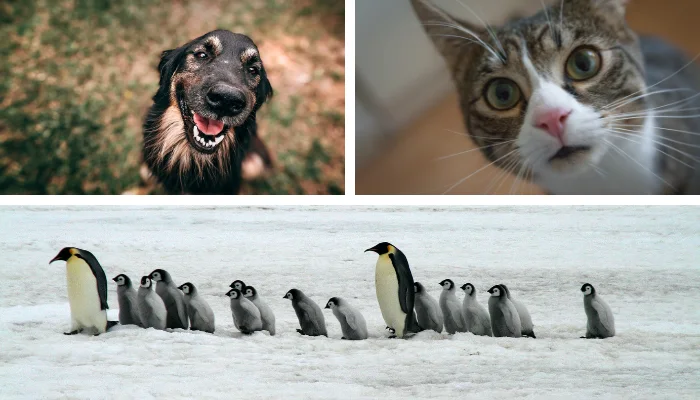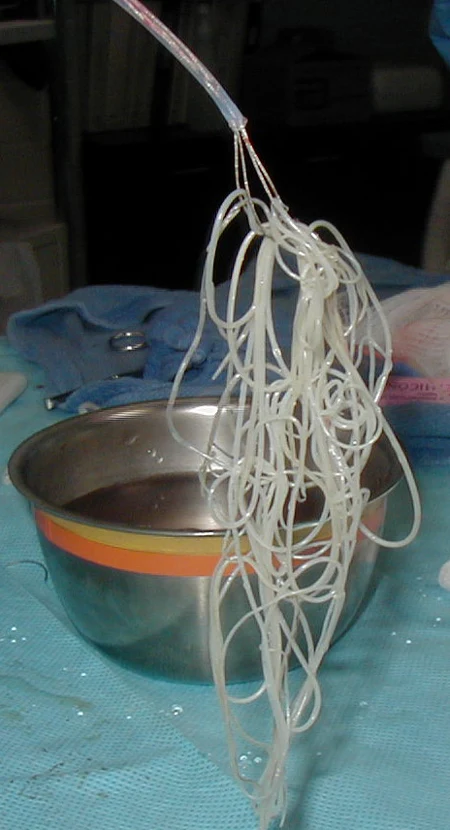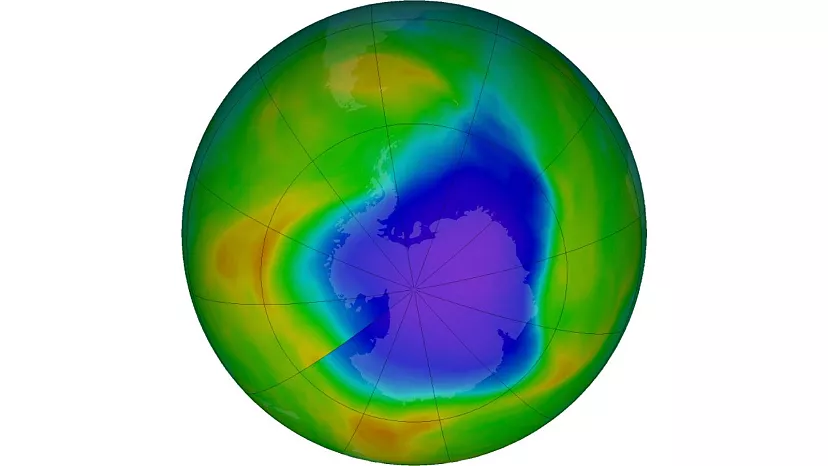Rising Dangers in the Pacific Northwest: Heartworm Prevalence in Pets
Climate change is altering more than just our landscapes; it’s encroaching on the lives of our beloved pets. In the lush corners of Oregon and Washington, a worrisome trend is emerging: heartworm disease is on the rise among dogs and cats. This uptick, attributed to the warming climate, comes with a side of increased mosquito outbreaks, fueled by a mix of heavy rainfall and warmer summers.
Dr. Jennifer Rizzo, president of the American Heartworm Society, articulates the connection clearly, “When rainfall increases and temperatures rise and weather patterns become more unpredictable, the numbers of mosquitoes also go up, and then there are more mosquitoes available to spread heart disease.”
This is more than a minor inconvenience; heartworms, parasitic roundworms transmitted through mosquito bites, pose a severe risk to the health of pets. They grow up to a foot long and infest the vital organs of animals.
Despite the alarming rise, with a 33% increase in Oregon and a staggering 55% in Washington as reported by Banfield Pet Hospital, the awareness, and preventative measures lag behind.
Dr. Rizzo is concerned: only about 20% of pet owners in the region administer heartworm preventatives to their pets, significantly lower than the national average.

What You Need To Know: Climate Change’s Impact on Our Pets
- Geographical Spread: Heartworm disease, traditionally more prevalent in the warmer southern states, is now increasingly common in Oregon and Washington due to rising temperatures.
- Environmental Factors: The combination of heavy rainfall in spring and warmer summer temperatures has led to mosquito outbreaks, which facilitate the spread of heartworms.
- Increased Incidence: From 2018 to 2023, there was a 33% increase in heartworm disease among pets in Oregon and a 55% increase in Washington.
- Preventative Measures: Despite the rising threat, only about 20% of pet owners in the Pacific Northwest administer heartworm preventive medication to their pets, compared to the national average of 32%.
- Impact of Pet Travel: Increased travel of pets, including the movement of stray animals across states by rescue organizations, is contributing to the spread of heartworm disease.
- Increased Incidence: From 2018 to 2023, there was a 33% increase in heartworm disease among pets in Oregon and a 55% increase in Washington.
- Preventative Measures: Despite the rising threat, only about 20% of pet owners in the Pacific Northwest administer heartworm preventive medication to their pets, compared to the national average of 32%.
- Impact of Pet Travel: Increased travel of pets, including the movement of stray animals across states by rescue organizations, is contributing to the spread of heartworm disease.
- Treatment Options: Pet owners have various options for heartworm prevention, including monthly medications and annual injections, emphasizing the importance of choosing a method that ensures adherence.
- Cat Vulnerability: Although less likely than dogs, the incidence of heartworm in cats is rising, with a reported 47% increase in feline heartworm cases nationwide. Unlike in dogs, heartworm disease in cats is usually fatal, as there is no cure.
A Chilling Effect on Antarctic Wildlife: Ozone Depletion Woes
Further south, the icy expanses of Antarctica present a stark contrast but a similar narrative of climate-induced peril. The ozone layer, Earth’s protective shield against ultraviolet radiation, is thinning, leaving Antarctic wildlife increasingly vulnerable to harmful UV rays. This depletion, exacerbated by a potent mix of climate change and environmental disruptions like the Australian wildfires and volcanic eruptions, is causing the ozone hole over Antarctica to linger longer into the summer.
The extended exposure to UV radiation isn’t without consequence for the region’s inhabitants. Penguins and seals, among other creatures, are at an increased risk of developing cataracts and other UV-induced ailments. As the researchers in a study published in Global Change Biology note, even Antarctic mosses are forced to adapt, synthesizing sun-protective compounds at the expense of their growth.
Professor Sharon Robinson, a climate change biologist, underscores the broader implications: “The biggest thing we can do to help Antarctica is to act on climate change,” emphasizing the urgency of reducing carbon emissions to mitigate these impacts.
More To Discover
- Self-Healing Leather Alternative from Fungi: Could It Be Mass-Produced for Sustainability?
- Fossil Fuel Costs Could Eclipse Transition Expenses, Study Finds
- Dubai Floods Expose Global Failure in Urban Drainage Amid Climate Crisis
- Climate Change Rolls Back Decades of Clean Air Progress in U.S., Study Reveals
What You Need To Know: Climate Change’s Impact On Antarctic Wildlife
- Ozone Layer Depletion: The protective ozone layer is thinning, particularly over Antarctica, exacerbated by climate change and events like wildfires and volcanic eruptions, leading to longer-lasting ozone holes.
- UV Exposure: Extended periods of ozone depletion increase UV exposure for Antarctic wildlife, including penguins and seals, heightening the risk of cataracts and other UV-related health issues.
- Environmental Impact: The 2019-2020 Australian wildfires and the volcanic eruptions in 2021 and 2022 are cited as contributing factors to larger ozone hole sizes in recent years.
- Adaptive Responses: Antarctic organisms, such as mosses and krill, are developing adaptive strategies like synthesizing sun-protective compounds, which, while protective, divert energy from growth and reproduction.
- Food Chain Effects: Changes in krill behavior, moving deeper to avoid UV rays, could impact the broader Antarctic food chain, affecting predators like whales, seals, and penguins.
- Breeding and Lifecycle: The timing of the ozone hole’s presence overlaps with peak breeding seasons for many Antarctic animals, posing additional risks during a crucial period of their lifecycle.
The stories of heartworm-ridden pets in the Pacific Northwest and sun-stricken wildlife in Antarctica are humbling reminders of the pervasive reach of climate change. From the suburbs to the southern poles, the interconnectedness of our environmental actions and their consequences has never been clearer.
As we delve deeper into this unfolding narrative, the call to action becomes undeniable. Both individual and collective efforts are essential to curb the ongoing climate crisis. Whether it’s through responsible pet care in temperate regions or international cooperation to restore the ozone layer, the stakes are high, and the time to act is now.





















